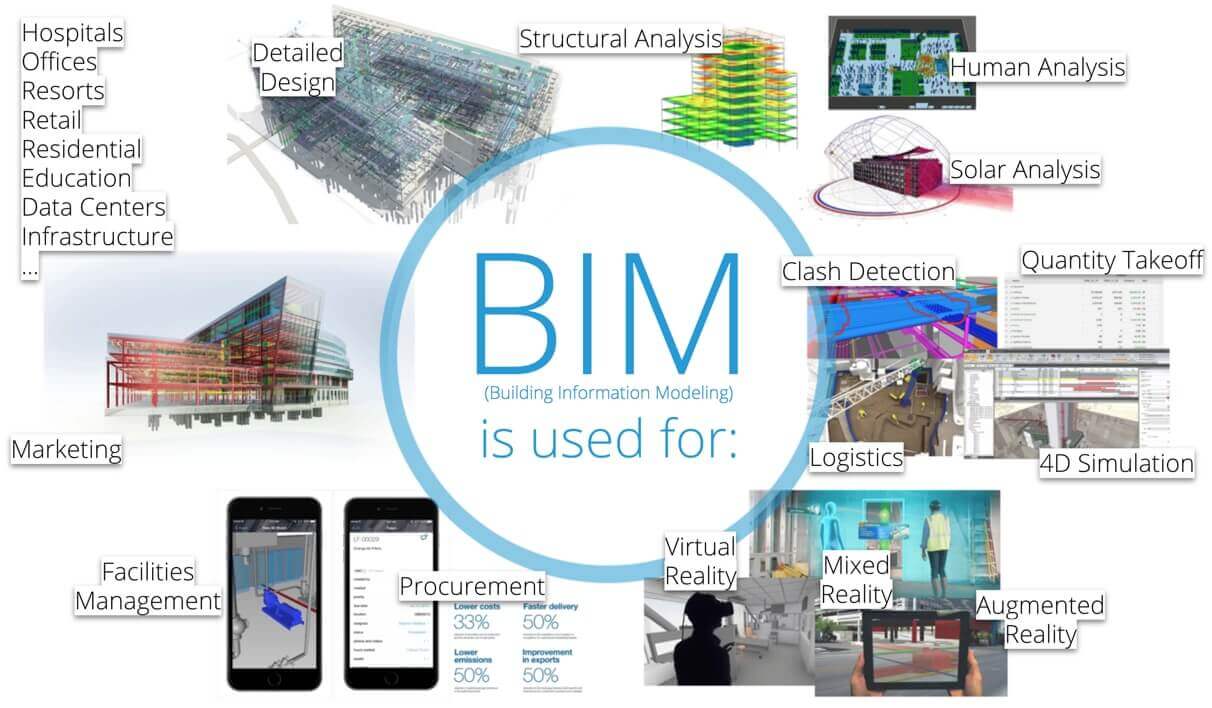

Office of Federal Contract Compliance Programs (OFCCP).Office of Disability Employment Policy (ODEP).Office of Congressional and Intergovernmental Affairs (OCIA).Office of Administrative Law Judges (OALJ).Occupational Safety and Health Administration (OSHA).Mine Safety and Health Administration (MSHA).Employment and Training Administration (ETA).Employees' Compensation Appeals Board (ECAB).Employee Benefits Security Administration (EBSA).Bureau of International Labor Affairs (ILAB).SF-SAC, Data Collection Form for Single Audits.SF-LLL, Disclosure of Lobbying Activities - as revised in 1996.Research Performance Progress Report (RPPR).SF-425A, Federal Financial Report Attachment.SF-271, Outlay Report and Request for Reimbursement for Construction Programs.SF-270, Request for Advance or Reimbursement.The audit aims to ensure compliance with government regulations and evaluate financial information, including expenses paid for with federal award funds. The Single Audit Act (amended in 1996) states that grant recipients may be subject to an audit once a year. Technical assistance provided by the grantor is also a means for ensuring that the grant recipient is complying with the award agreement. Such visits provide an opportunity for two-way communication between the grantor and the award recipient. Grant recipients may receive site visits from the federal grantor agency. These reports may include both expense-related data and quantitative information about the project's impact. Grant recipients submit regular reports (called "Performance Progress Reports" or "Research Performance Progress Reports") documenting a project throughout its lifespan. The required information may be collected through several different channels, including regular progress reports, site visits, and audits (see table below). Grant-making agencies use this information, in part, to gauge the success of their own programs and initiatives. The information falls into one of three categories: financial data, such as expenses paid for with federal funds compliance information to ensure the recipient is following federal regulations and project data highlighting progress and/or community impact. What kinds of data are federal award recipients expected to include in their reporting? Prime awardees submit all required data via FSRS.įederal grant-making agencies publish program data on. Sub-awardees give their reporting data to prime awardees. Making Sense of the Grant Reporting Process The following chart lays out this process in a linear format: Sub-awardees give their reporting data to prime awardees prime awardees submit all required data via FSRS and federal grant-making agencies publish program data on. (Those sub-recipients with awards of $25,000 or more must have their data shared by the prime awardee through FSRS.) Sub-recipients – those entities receiving sub-grants – submit data to the prime awardee. The federal award recipient – called the "prime awardee" by FFATA – files progress reports via the FFATA Sub-award Reporting System (FSRS). This information currently includes the entity's name, amount of the grant, funding agency, and location – among other requirements – and is published by the grant-making agency on. The law requires that information about entities and organizations receiving federal funds be disclosed to the public via a central website,. In 2006, the Federal Funding Accountability and Transparency Act (FFATA) set in motion a government-wide reporting procedure that has continued to evolve. Understanding the Reporting and Oversight Process


 0 kommentar(er)
0 kommentar(er)
